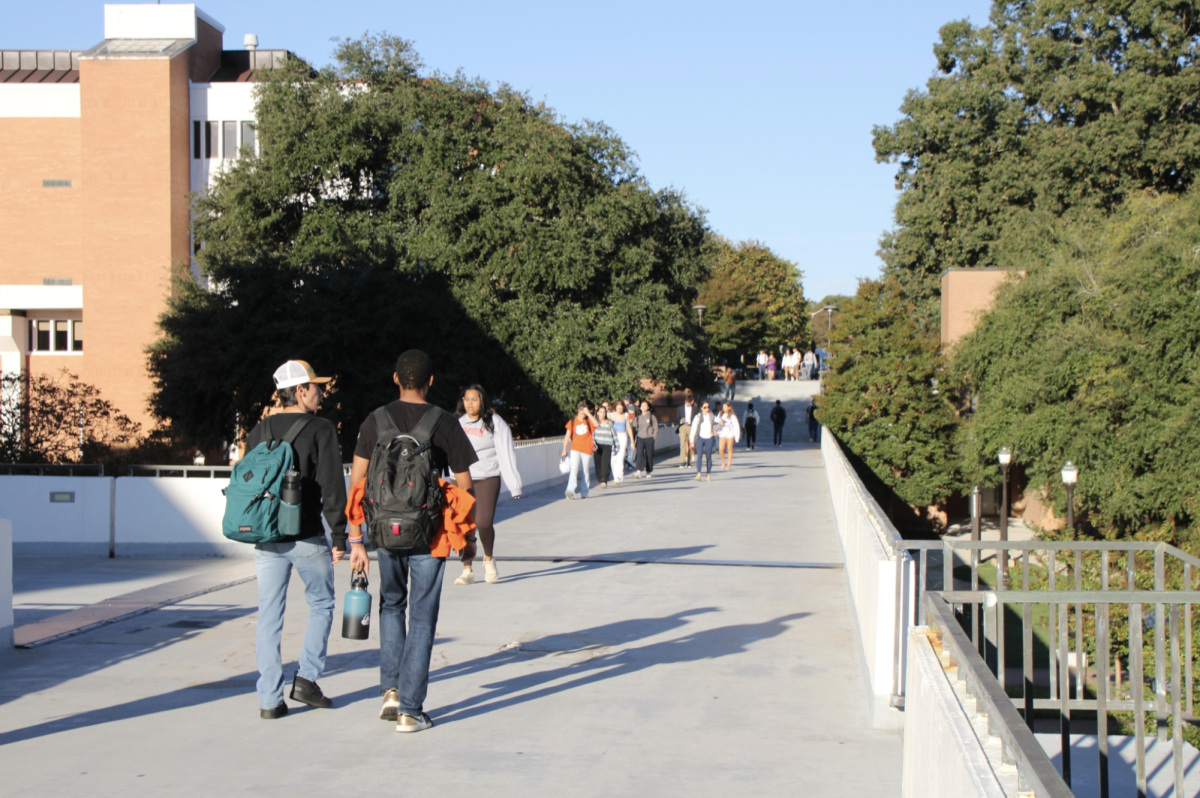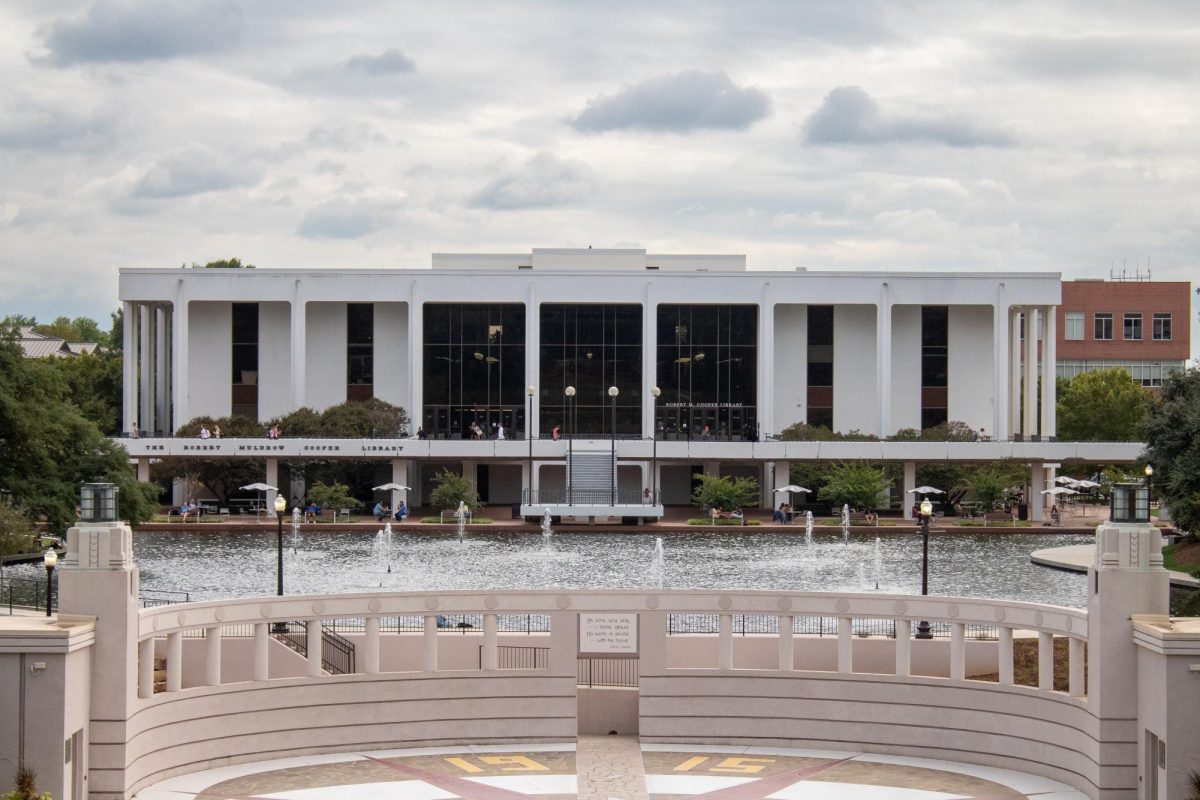On Jan. 16, Jennifer Pinckney, widow of the late South Carolina Senator and Pastor Clementa C. Pinckney, spoke at Clemson. She was the keynote speaker of the commemorative service of MLK celebration week. She told the story of that day in June of 2015. That day when a white supremacist assassinated her husband and eight other people in their Charleston church.
Our university’s administrators attend events such as Pinckney’s talk. They promote them and sometimes even organize them. We hear them praise diversity and inclusion at these events and in their promotional materials.
However, there is no working for diversity without working against white supremacy. Saying “we are for diversity” is meaningless, if when we face a racist act we do not call it racist and say that it violates our core values. So for instance, “a sign was defaced” did not begin to address what happened on our campus in April 2016, because it does not call what happened racist. Saying that we want to “nurture a climate of diversity, inclusion, and respect” (Clemson Forward Strategic Plan, p. 15), is empty if we do not condemn white supremacy when it appears on our campus. We can be suspicious of our administration’s good faith when white supremacist leaflets appear on our campus and those same administrators either ignore them or refuse to condemn their content.
This is why African American students organized the Sikes Sit-In two years ago. In response, President Clements stated that he would “commit to more effective communications when malicious incidents occur and … use these as opportunities to articulate the negative impact on our sense of community” (April 21, 2016). This promise was broken.
It took not one but two KKK leaflets (October 2016, February 2017) for President Clements to write that “they do not represent our Clemson family and our core values.” Further, we never heard our administration “articulate the negative impact” that these incidents have on our community.
Have things improved since then? No, they have gotten worse.
White supremacist leaflets were posted on our campus last October. Mark Land, Vice President for University Relations, offered the official administration response: the leaflets “were not posted in accordance with the university’s policy” and they were removed “without regard for content.” Clemson refused to condemn the leaflets.
How can one claim that Clemson’s aim is to “increase diversity” (Clemson Forward Plan, p. 15) and argue at the same time that it will have no “regard for content” when diversity is directly attacked? Is “diversity” nothing more than a term that our administration uses cosmetically, as something that can be marketed when it is convenient? Where is our commitment to protect and respect every member of our community? And if this were really about free speech, as the administration seems to think, then would the administration itself not be free to say that our community does not stand by white supremacy, that it does not represent our values and that it goes against our commitment to diversity? Why is it that our administrators listen to Jennifer Pinckney talk about what white supremacy did to her, her husband and her daughters, and then when white supremacy appears on our campus they cannot dissociate themselves and our community from it?
Let us look at a contrast with our football rival. A similar incident occurred at USC during the week dedicated to celebrating MLK’s legacy. A racist leaflet was posted outside the offices for the African-American Studies program. Harris Pastides, President of USC, called it “an abhorrent and unacceptable display of hatred.” He also used the words that our administration seems so afraid to pronounce: “bigotry and racism.” The next day, a discussion was organized in order to “provide a space to raise concerns and seek appropriate responses to hatred, in all forms, on our campus.” Judging from the two different ways in which administrators handled leaflets at Clemson and at USC, it seems that USC does not treat diversity as a mere marketing tool.
Last November, several professors started a petition asking Clemson to condemn the October white supremacist leaflets. We gathered more than 500 signatures. We delivered those signatures and comments. Our administration remained silent. This March, white supremacist leaflets appeared again on campus. Silence again. It is as though racist literature is welcome on this campus, as long as it is posted in accordance with the university’s policy.
Will we as a university continue to abide these racist incidents in silence? Will Clemson’s administration ever have the courage to stand by its stated ideals? Will our administrators respect their words? It should not be left to the students to call out racism when they see it – as they did during the Sikes Sit-In. It should not be left to students to do the administration’s job. And yet the only place last semester where we could indeed articulate the leaflet’s “negative impact on our sense of community” were the SPLC’s roundtables on white supremacy – organized, of course, by students. None of the Clemson administrators were present at those events. That is unfortunate because they could have gained knowledge from it. At least they would have been exposed to an important lesson about courage.
Categories:
OPINION: Diversity at Clemson: Appearance and Reality
Pauline de Tholozany, Assistant Professor of French and Todd May, Professor of Philosophy
April 4, 2018
0
Donate to The Tiger
Your donation will support the student journalists of Clemson University. Your contribution will allow us to purchase equipment and cover our annual website hosting costs.
More to Discover








